Overview
Cusco City Tour Information
Cusco City Tour is the traditional trip where We will visit Cusco City and 4 Ruins around Cusco, It is a daily trip, you can take the trip in the morning or afternoon, the pick up in the morning is 8:30 am from your hotel and the tour last are 4 hours, and the pick up in the afternoon is 01:30 pm from your hotel and the tour last are 4 hours.
The Cusco City ruins Tour begins in the city centre with visits to the impressive Cathedral of Cusco and the remains of the Incan temple Qoricancha. From here we go by bus to visit the ruins of Sacsayhuamán, Quenqo, Puka Pukara and Tambomachay just outside the city.
The mystery of the ancient city beckons. Don't be afraid to answer it, get off the beaten path explore and enjoy.
Cathedral of Cusco
The Cathedral dominates Cusco's main square and covers the remains of the famous Inca Wiracocha Palace (Kiswar Kancha).
The Construction commenced in 1559 and it took almost a hundred years to complete the work, nowadays the cathedral is impressive and imposing.
The Cathedral contains one of the city greatest collections of colonial art with nearly 300 colonial paintings including, The Last Supper by Marcos Zapata which depicts Christ and the Apostles having a typical Cusqueñan supper of guinea pig with a glass of chicha! In the sacristy there is a painting of the crucifixion of Jesus Christ, attributed to the Flemish painter Van Dyke.
Ten smaller chapels surround the nave - the Chapel of El Señor de los Temblores (The Lord of the Earthquakes) and Immaculate Conception are worth a look.
Qoricancha (Temple of the Sun)
Qoricancha, this temple was dedicated to the Sun, its walls were entirely covered with sheets of gold, and today its fine and unique constructions are still intact. In the Incas time, Qoricancha was the center of the center, located in the lower part of the city Hurin Qosqo.
It was without a doubt the richest palace in the Inca Culture, It was a place where all the divinities were hallowed, after the arrival of the Spaniards, it was awarded to the Dominican order soon after the conquest. They built the church and convent of Santo Domingo onto walls, Often substituting them.
Arqueological Park of Sacsayhuaman
Sacsayhuaman means "speckled falcon", One of the great feats of Inca engineering, it is a large complex situated on top of the hills.
Based on enormous blocks of calcareous rocks measuring more then 9 meters in height , they are made all the more fascinating by the high level of precision with which the blocks are joined, This site took around 100 years to construct. The Incas learned the carving of stones from the Tiahuanaco culture that developed in the Peruvian-Bolivian highlands where we found Lake Titicaca.
The enormous complex has squares, streets, amphitheaters, buildings, fountains, agricultural zones and temples.
Qenqo Ceremonial and Sacrifices Cave
Qenqo was one of the places of worship of the city. Qenqo means is labyrinth in Quechua, when you arrival you notice a large outcrop of rocks emerging from a rectangular Puma. The sculpture was partially destroyed by the Spanish during the period known as the destruction which were used for storing mummies and sculptures representing Gods.
Within the rocky area there is a man cave shaped in the form of a llamas head, here We will find a ceremonial rock table where animals would have been slaughtered exterior area there is a bowl sculpted out of the rock used to hold the blood of the sacrificial animals which Inca priest predicted the future.
Puka Pukara Red Fortress
Puka Pukara means is Red Fortress in Quechua, it is a rough, the name was given due to its location as it served as control point for the entrance and exit from Cusco.
Puka Pukara are attractive with a variety rooms, interior places, ritual baths, aqueducts and communicate with Tambomachay from the highest point.
Tambomachay Inca springs
Tambomachay means is Mach'ay means cave, and Tampu means station, a stations where the inca could relax and be purified. The ruins comprise four terrace shaped walls. The higher two are of superior quality and were built with stones of varying dimensions.
The upper wall has four niches that were possibly used to place the mummies of the last Inca rulers, seated in their benches. Tambomachay was a place of worship, of ritual purification for the panaqa in preparation for ceremonies intimately tied to Pachamama (Mother Earth).
- Professional Guide.
- Tourist transportation.
- All entrance fees. Most attractions are included in the Boleto Turistico.
- The Qoricancha and the Cathedral are the only exceptions entrance tickets for these must be bought at the sites.
- Services not mentioned.
- A Day Pack.
- Good sturdy shoes.
- Warm clothes.
- Cap or Hat.
- Sunblock.
- Raincoat or Poncho.
- Water and Snacks.
- Camera.
- Boleto turístico and ISIC card if applicable.
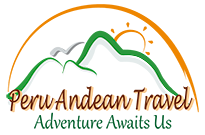

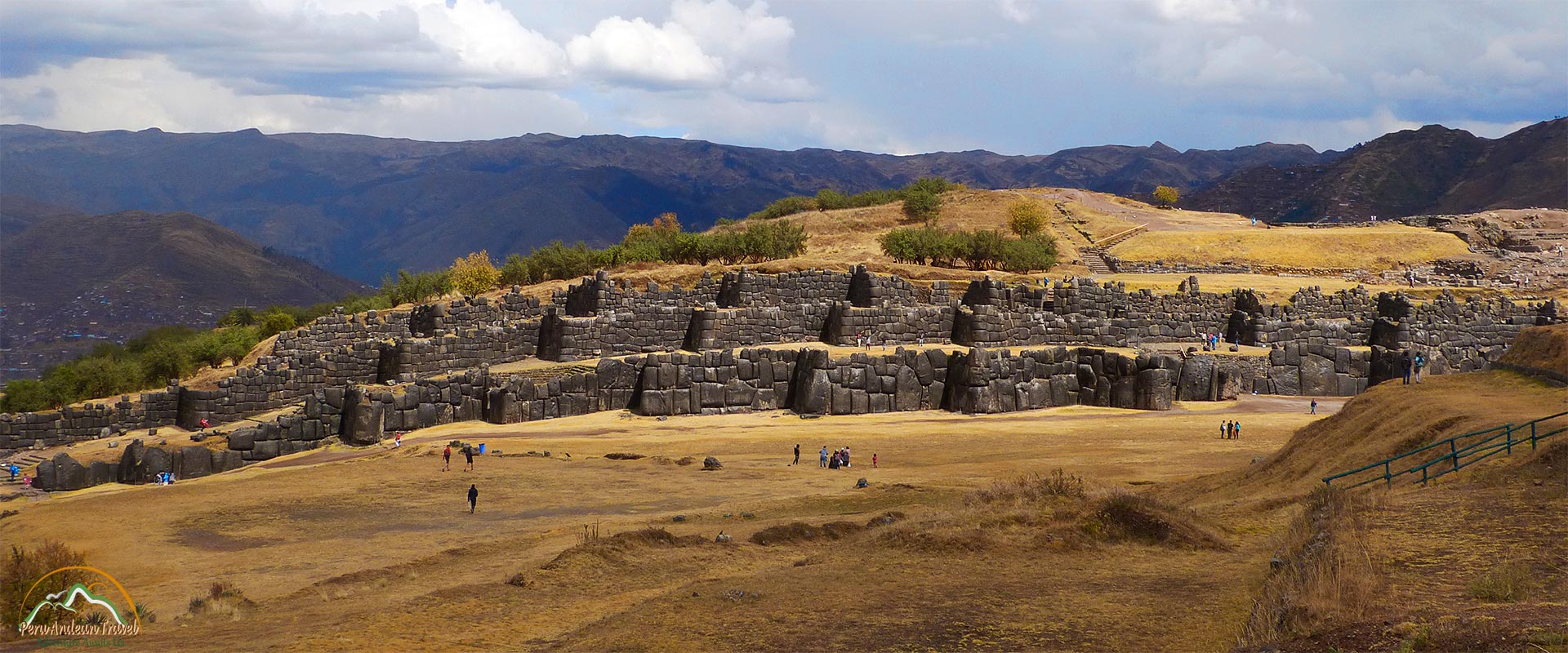

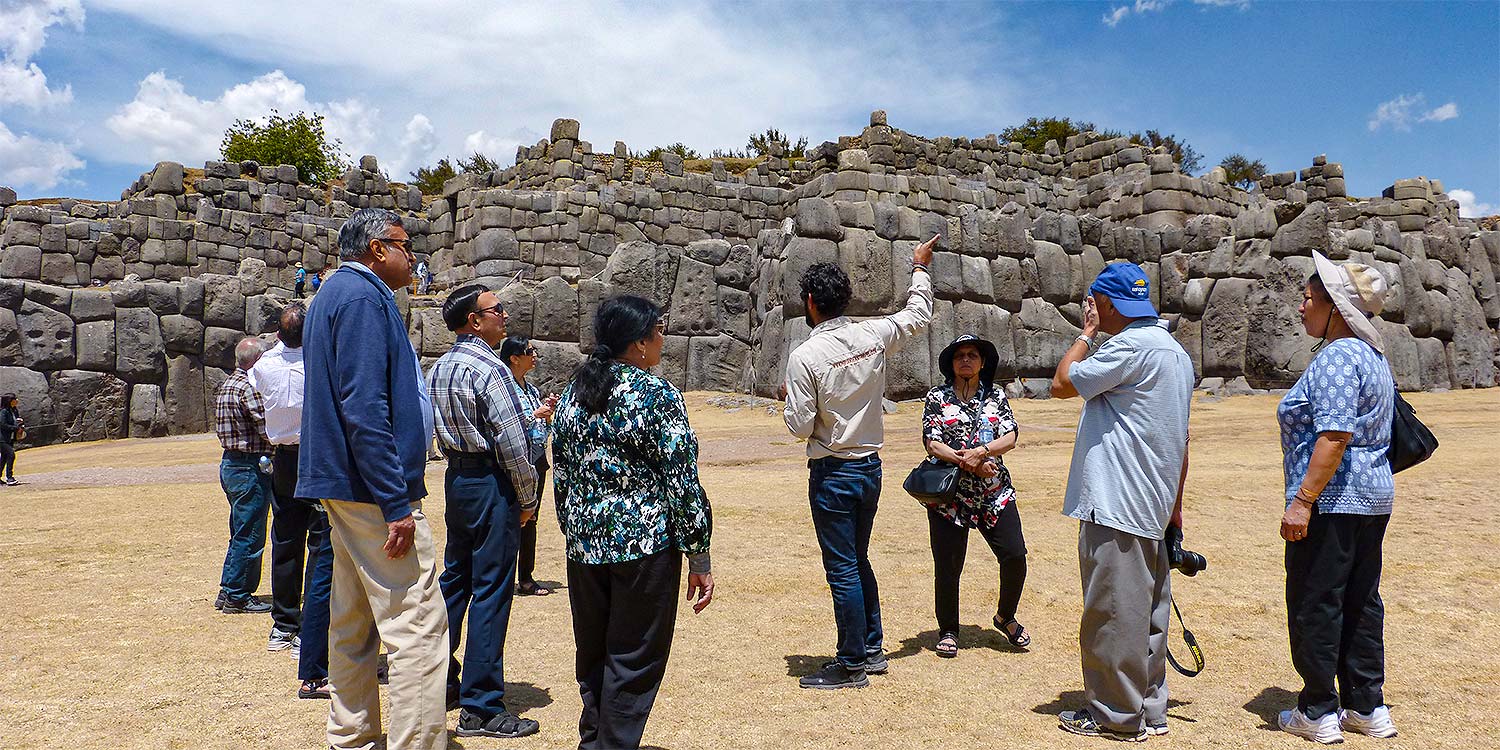
 View Map
View Map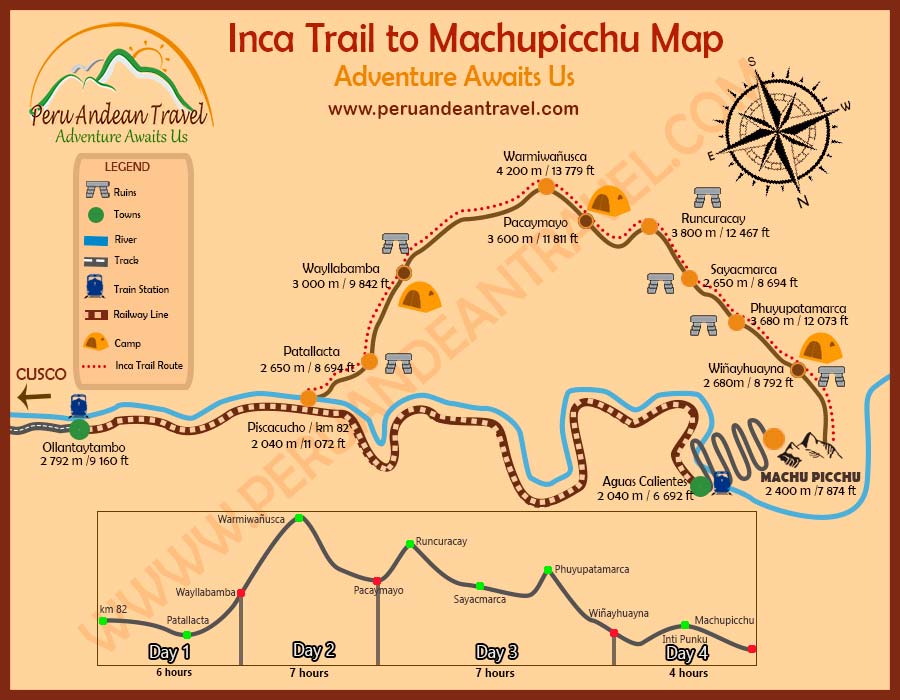

 Full Days
Full Days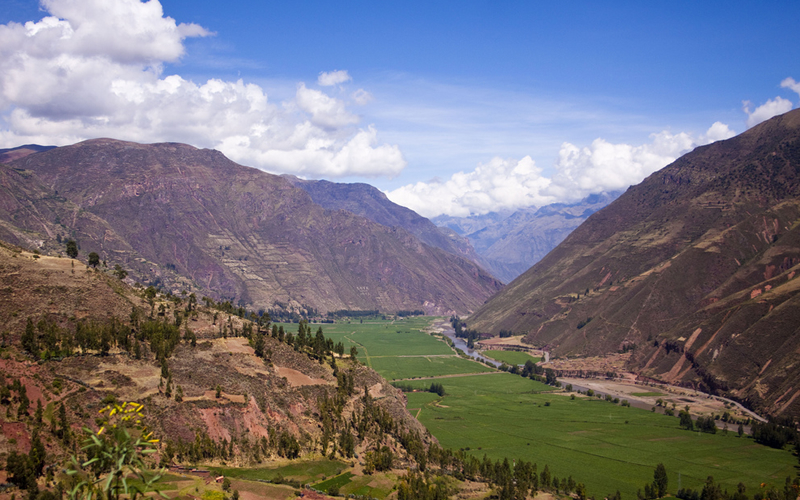
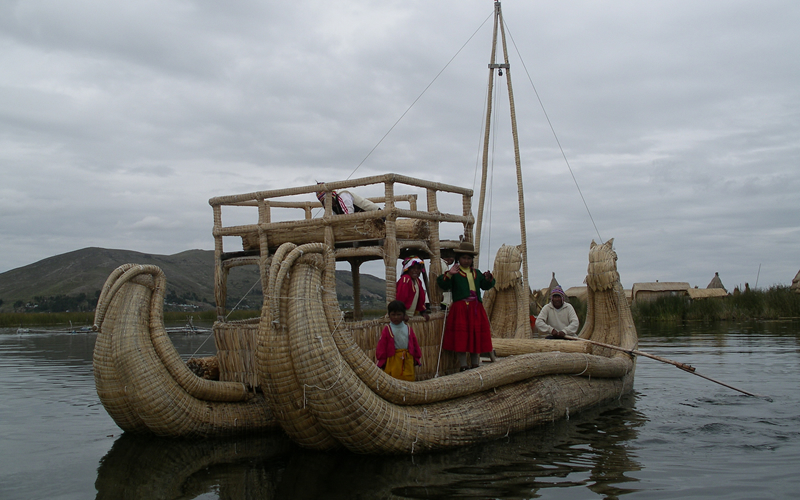
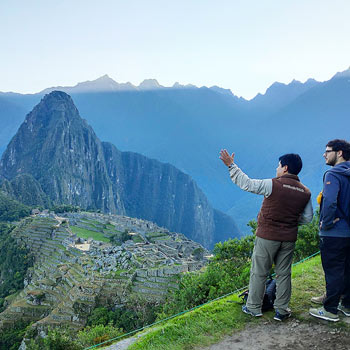 Cusco
Cusco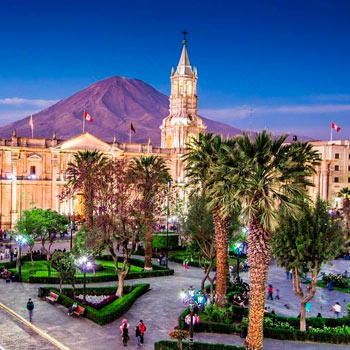 Arequipa
Arequipa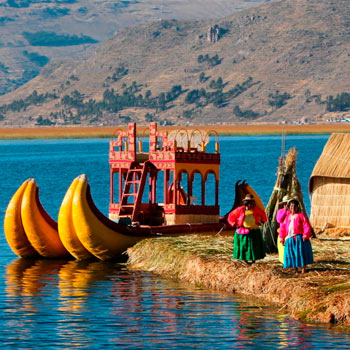 Puno
Puno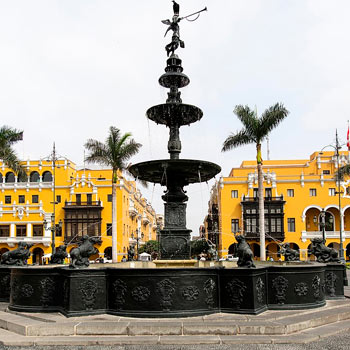 Lima
Lima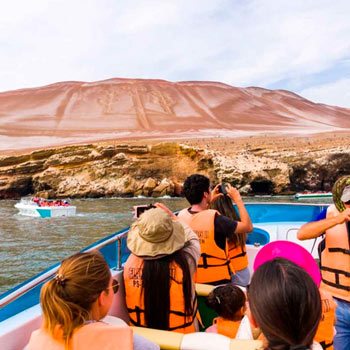 Ica
Ica







